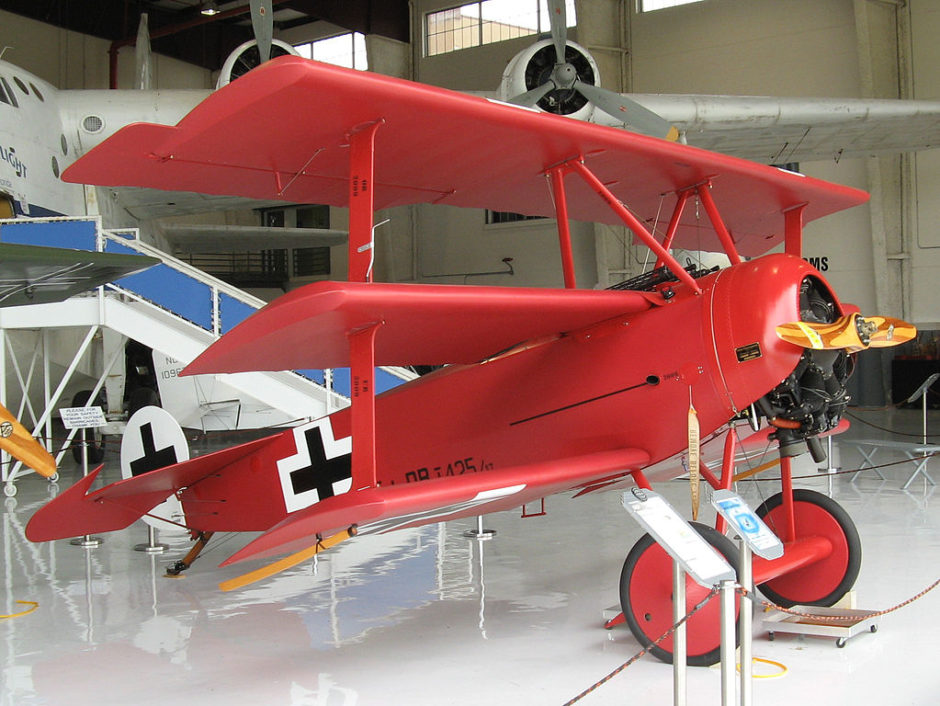The history and romance of aviation are evoked at two tourist-friendly facilities in Florida — Fantasy of Flight in Polk City and the Florida Air Museum in neighboring Lakeland.
Fantasy of Flight, near Disney World in Orlando, possesses the world’ largest collection of vintage aircraft and enables visitors to experience biplane and hot air balloon rides. The Florida Air Museum has vintage airplanes, too, but its claim to fame is its collection of Howard Hughes memorabilia.
It’s not by chance that Florida has two of the finest aviation theme parks in the United States. Florida has had a long relationship with flight. The first commercial airline, the St. Petersburg-Tampa Airboat Line, launched operations in 1914, and the first international airline, Chalk Airways, commenced operations in 1919.
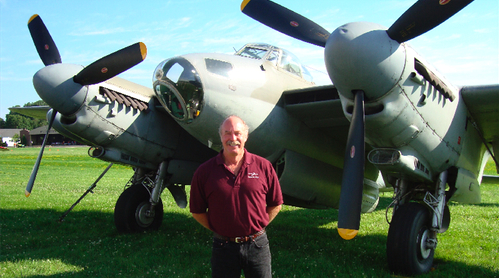
Fantasy of Flight, located just north of Interstate 4 at Exit 44, was founded by former air acrobatics champion Kermit Weeks, and has something for everyone.
Before embarking on the official tour, I signed a waiver that enabled me and two fellow journalists to enjoy a 10-minute ride in a brown and yellow four-seat New Standard D-25 flying machine. Of the 62 originally built in New Jersey in the 1920s, only seven are left, and two are found here.
After donning a helmet and goggles, I climbed into the front seat. The other two passengers sat directly behind me. The pilot, a lanky fellow, squeezed himself into the back seat.
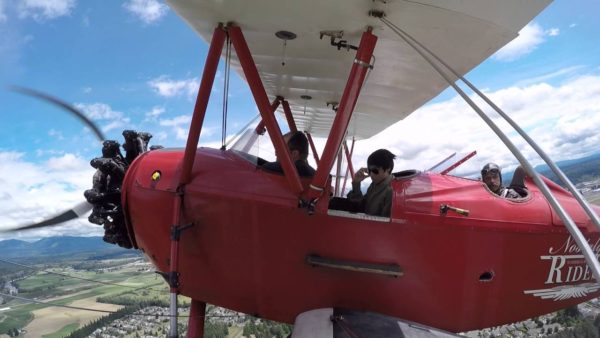
The plane taxied down a grassy runway adjacent to a major highway, turned around, sped up and took off, its engine whining. Flying at about 70 miles per hour, we reached an altitude of about 1,000 feet. Below were citrus orchards, lakes, a housing development and a ribbon-thin road.
When the plane dipped its wings, I developed butterflies in my stomach. To my relief, the landing was velvety smooth.
Thankfully back on terra firm, I joined a guided tour of the interior of a World War II B-17 Flying Fortress bomber and watched two short films on the early attempts at flight and the evolution of aerial warfare.
Having digested tidbits of air folklore, I walked through a massive hangar where 40 of Weeks’ 160 vintage aircraft are displayed. Lovingly restored, they’re all in mint condition.
The first plane that caught my eye, the B25J, is historically important. Sixteen took part in the first U.S. air raid on Japan after the Japanese raid on Pearl Harbor on December 7, 1941.
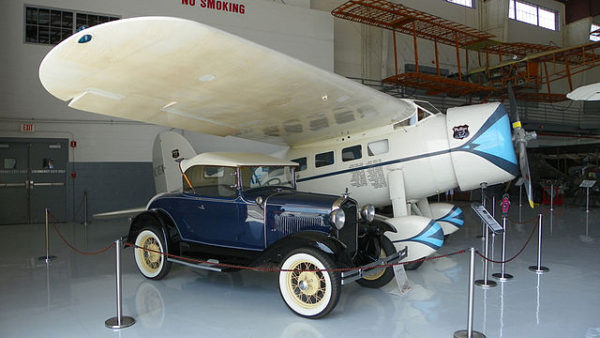
The Lockheed Vega (1929) and the Thomas Morse Scout fighter (1918) hail from different eras. The legendary aviatrix, Amelia Earhart, flew a Lockheed Vega across the Atlantic Ocean in 1932. The single-seat Scout was used as a trainer for rookie combat pilots.
The F4U-4 Corsair (1945), the first fighter plane to exceed a speed of 400 miles per hour, helped turn the tide of the war in the Pacific theater.
There are two replicas in the hangar and both are of huge importance in aviation.
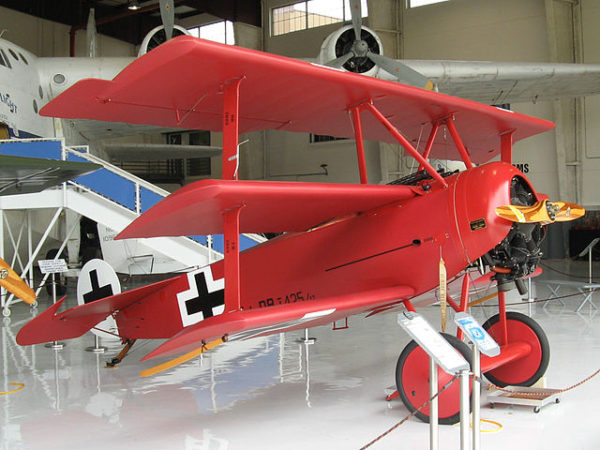
The German World War I ace, Manfred von Richtofen, dubbed the Red Baron, achieved 19 of his victories in a Fokker DR-T Tri-plane (1917). Charles Lindbergh was the first aviator to fly across the Atlantic, in 33 hours in 1927, thanks to the Spirit of St. Louis.
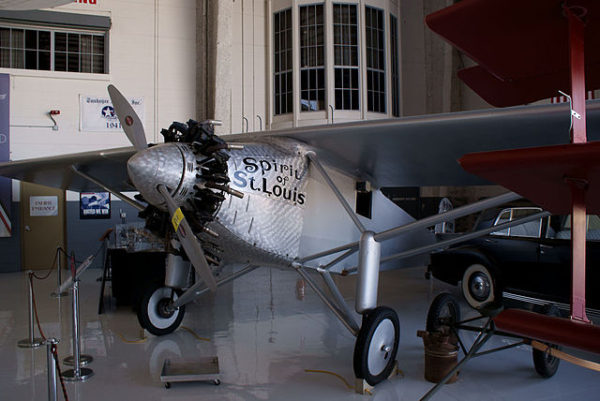
Having seen Weeks’ unrivalled collection of planes, I sat in a simulator and tried to intercept a hostile Japanese warplane. I was shot down in a flash of black smoke and flames. So much for my skills as a pilot.
I was not subjected to any such challenge at the non-interactive Florida Air Museum.
Two planes, in particular, interested me.
The 1928 Ford Flivver, designed as a “plane car,” was phased out after a test model crashed, killing its pilot. The Aeronica C-3 Collegian Razorback, the first mass-produced light aircraft in the United States, was manufactured from 1931 to 1937.
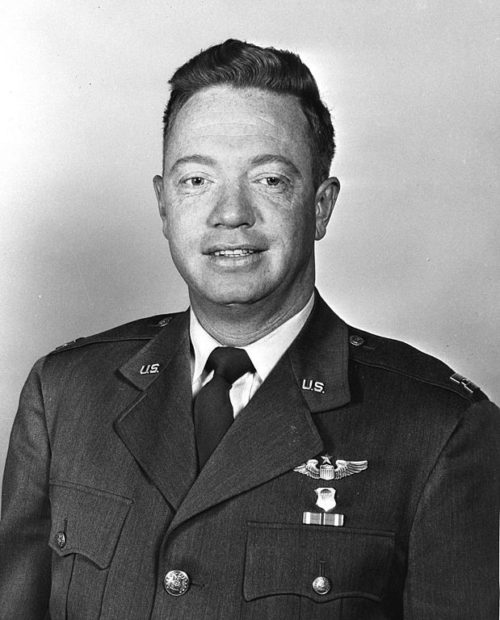
At The Florida Aviation Hall of Fame exhibit, I saw framed photographs of Joseph Kittinger, who broke the sound barrier parachuting from 102,800 feet; of Paul Tibbets Jr., the pilot of the iconic Enola Gay, which dropped an atomic bomb on Japan, and of Howard Hughes, the aviator, industrialist and film producer.

Hughes’ leather flight suits are exhibited inside a glass case, while documents, photographs and newspaper clippings of his life are housed in an archive room. It’s quite a collection.
Aviation buffs will not be disappointed with either Fantasy of Flight or the Florida Air Museum.
